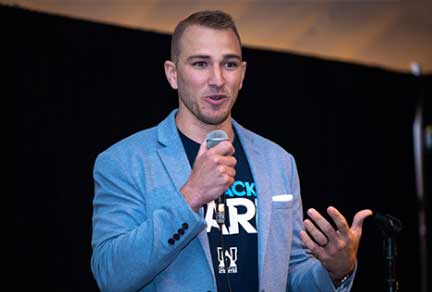The impact of trial participation
Clinical trials are vital for the development of new, medicines — but they rely upon volunteers to succeed. Here you’ll learn more about our clinical trials, what it’s like to participate, and how you may be able to help improve treatment options for patients.
What is a clinical trial?
Before a new treatment can be prescribed to a patient, it goes through quite the journey. It starts in the laboratory, with pre-clinical trials where scientists carefully study the potential new drug. If the results of these pre-clinical studies are promising, the investigational medicine begins the next stage of the process, where its effects are studied in people.
These volunteers (sometimes called participants) may receive the specific study treatment(s), a placebo, or no study treatment at all, and may complete various assessments and study clinic visits. Trials follow a carefully designed research plan called a protocol, which has been reviewed and approved by both the local medicines regulatory authorities and typically by an Ethics Committee of independent medical professionals and specialists to protect participants’ safety.
(Xoli Belgrave): It ensures that patients stay at the center of the clinical trial design execution. And it also ensures that we have clinical trial populations that reflect the people that actually live with that illness. For a long time, frugs were tested on a homogenous population and we didn’t know how medication impacted other underrepresented groups and it’s really important from a safety and efficacy perspective. It's about hearing the patient's voice, what the patient needs, removing barriers or help working with patients and with sites to remove barriers to participation for those patients if they choose to participate. And just creating a space where the only reason somebody doesn't go into a clinical trial isn't because they don't know that it exists, isn't because they've got misconceptions about what it is or isn't because they live in the wrong place and they can't afford to be in a clinical trial, but really because they have chosen not to. To me, that should be the only barrier, is choice.
(Xoli Belgrave): If trial sites are at some amazing teaching hospital miles and miles from the city, or if somebody works three jobs and can’t afford to take a day off, or cant afford to have a biopsy because then they’d lose time because they get paid by the hour and they don’t get sick pay, those patients previously couldn’t be in a clinical trial. Now we’re saying that because we’re thinking about the number of procedures that we’re doing and we’re also challenging the trial design in terms of trials being potentially hybrid, we are opening up access for more people to participate in clinical trials.
(Xoli Belgrave): For us here at Parexel, the involvement of the patient voice should really begin at the design phase of a project. One of the things that we know about clinical research is that studies fail either because the inclusion exclusion criteria or the design mean that its really difficult to get the patient population in the first place. And then the other failure is you get the patients in but the protocol is so horrible that the patients cant finish the study and then they drop out. And so if we can listen to the patients up front and know that the patients are saying that this study is one that they can commit to end to end, then I think that adds a lot of value as well in the clinical trial development process.
Interested in participating?
Healthy volunteers
If you’re a healthy volunteer, you play a vital role in Phase I trials, helping pave the way for new treatments.
Patient volunteers
If you’re a patient with a medical condition, you can learn more about the clinical trial process and potential benefits of participation.



